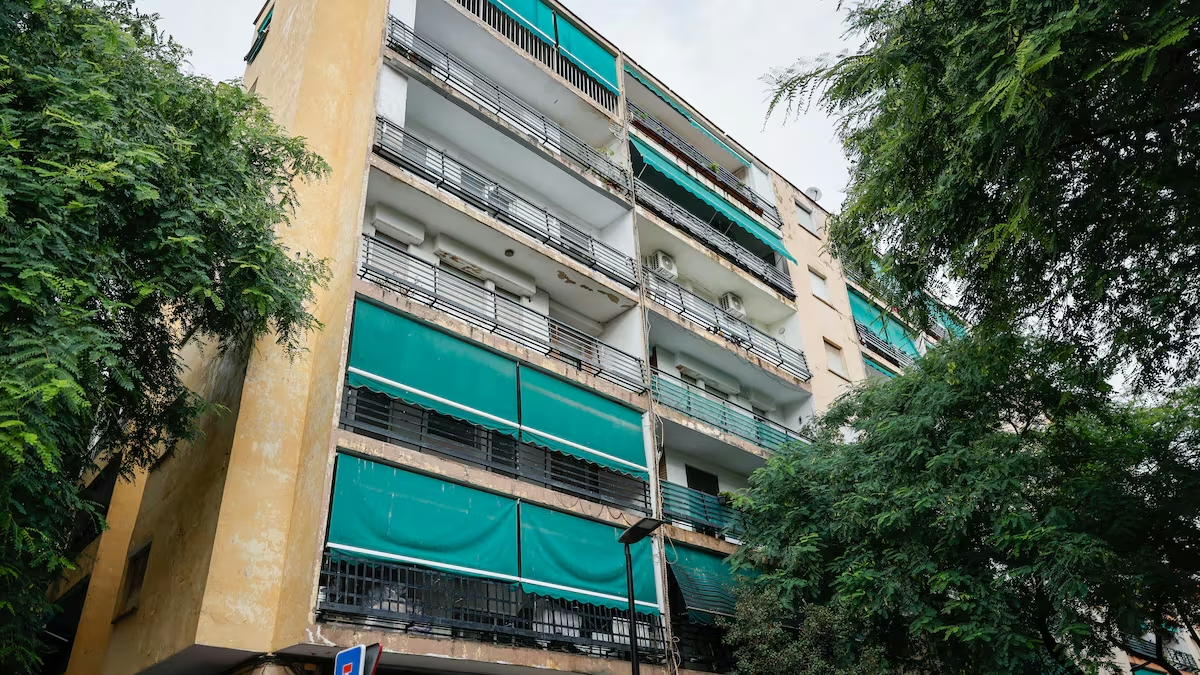In a month marked by the legislative elections in the province of Buenos Aires that convulsed the market and generated a depreciation of the peso, the september inflation exceeded the threshold of 2% for the first time since April and placed in the 2.1%in line with market expectations, as reported by the National Institute of Statistics and Censuses (INDEC). The consumer price index (CPI) accumulated a 22% in the first nine months of the year and the interannual variation slowed down to 31.8%.
“It is good information (for the Government)”evaluated in dialogue with Scope Rocio Bisangeconomist EcoGo. Along these lines, the analyst highlighted that “September was a very busy month in economic matters”and listed: “The defeat of the ruling party in the elections of the Province of Buenos Aires, the dollar touching the ceiling of the band that forced strong interventions in the exchange market, the jump in country risk towards the area of 1,400 basis points, the express reduction of withholdings and the emergence on the scene of Scott Bessent, head of the US Treasury.”
“Despite all this and the uncertainty regarding the direction that monetary and exchange rate policy will take after October, these fluctuations were practically not felt in the inflation data,” Bisang analyzed.
At the category level, the Core noted a slight slowdown around 1.9%, from the previous 2%; while the Seasonal They overheated strongly, 2.2% compared to the previous -0.8%, with the rise of vegetables leading the rises. In turn, the prices Regulated marked a slight cut of 0.1 points to 2.6%.
September CPI exceeded 2%: divisions with higher monthly increases
The division with the greatest increase in the month was once again Housing, water, electricity and other fuels (+3.1%) due to increases in Housing rentalfollowed by Education (+3.1%) and Transport (+3%).
The food and non-alcoholic beveragesfor their part, rose just below the national variation around the 1.9%, being the division with the highest regional incidence, with the exception of Patagoniawhere the Transport had a higher incidence.
The Basic Food Basket and the Total Basic Basket -These being relevant to measure the line of indigence and poverty, although the increase in salaries also influences- they only increased by 1.4% in September, well below the price variation.
Regarding price increases, Leonardo Anzalonean economist at CEPEC, assured that “although the transfer to prices was partial, it existed” and “it had a greater impact on imported goods, transportation and regulated services.”
Largest year-on-year increases in September
In the interannual variation, Education was the division with the greatest increase, above 50%, and was located in the 62.2%followed by Housing, water, electricity and other fuels that was positioned in the 49.3% and Restaurants and hotels which climbed 48.7%, all well above the CPI which slowed to 31.8%.
The sharp increase in housing is explained by the overheating of rental prices which increased between 56.8% and the 100.09% in the different regions, being the one that increased the least Great Good Aires and the one that increased the most Patagonia.
In that sense, Gervasio Muñozhead of Grouped Tenants, stated that this maneuver is a “transfer of income from tenant households to the homeowners.” “The market regulates itself, and they decided to earn exorbitant figures at the expense of the tenants. We work and get into debt for the owners,” he concluded.
October CPI
After the increase in the CPI in September, consulting firms begin to recalibrate their projections for October. Freedom and Progress Foundation It expects the price variation to be around 2.3% or 2.4% in the tenth month of the year, according to its chief economist. Ivan Cachanosky.
“September closed with inflation still contained, but the exchange rate and rate adjustments continue to be the main sources of tension for the coming months,” he highlighted. Leonardo Anzaloneeconomist at CEPEC.
The measurements of C&T For the GBA region, for its part, they show that so far in October, price dynamics have not been greatly altered, so fourth-week moving inflation remains around 2%.
Source: Ambito




